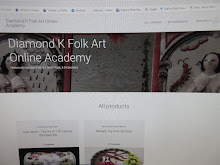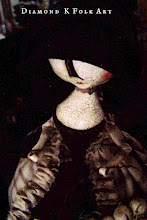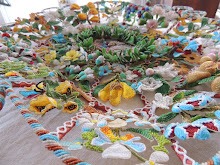1865-70 Chemisette/ Corset Cover 59.1999.11
This week's Museum Monday lucky number is 59! (If you would like a hand in picking next weeks Museum Monday piece, pick a number between 1-950 and post it in the comment section below!)Often referred to as a Chemisette, this week's object is a white cotton corset cover. Just as it's name suggests, it was worn over the corset, and would have had a matching petticoat(s) and or pantaloon.
Short cap sleeves, dropped shoulders and the little stand up collar date it to the late 1860-early 1870's era. Along the front hidden button closure are vertical rows of tucking and machine made whitework insertion laces.
Back is cut in one piece with a slight gathering to the wasitband at center back.
Both hand and machine sewn, the same wide machine made whitework lace is used on the sleeve cuffs, collar and front of the bodice. All seams are piped.
Under the central strip of lace on the front is a hidden front button closure~
Hand worked button holes and pretty carved mother of pearl buttons are a picture of femininity. The edge trim of the wide lace has been left extending out from the center seam down into the waistband~ a very simple detail, but again, it adds to the feminine feel of this piece and gives a real delicate look.
All of the rows of vertical tucks are machine made~
as are all major construction seams~ sides, waistband and collar, and lace insertions. Looking at the back (I left large so you can click to see the details), all raw edges have additionally been whipped by hand. I like to use this piece as a perfect example of how machines were used in early years for the basic construction of a piece, but then details and finishing were still patiently, and expertly done by hand.














1 comment:
Thanks for sharing this beautiful piece! I guess my childhood must have been part of that past because all the clothes my mother made for us were constructed just as you describe. The main seams were done up on her White Rotary machine, but all the details and finishing were meticulously done by hand. I still have a couple of pieces put deeply away that have lovely hand smocked yokes and perfect tiny buttonholes, blind stitched hems. There are french seams on the inner parts beneath the perfectly matched linings; she was English Schoolgirl trained in all her plain sewing and it showed with each and every stitch!
Post a Comment